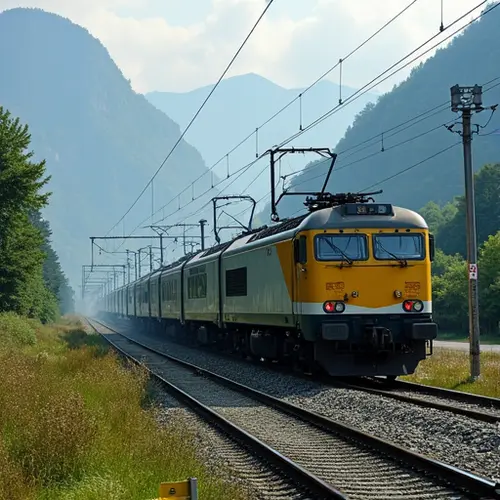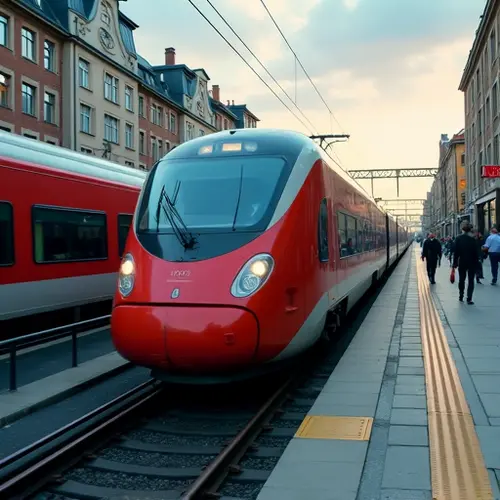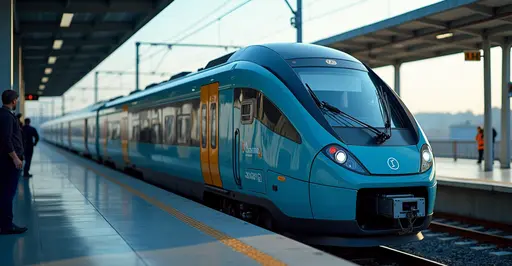
Switzerland’s Rail Freight Goes Fully Electric
Switzerland has achieved a significant milestone in sustainable transport by modernizing its entire rail freight system to run on electricity. This move has drastically reduced CO2 emissions and set a new standard for the European Union.
A Pioneering Initiative
With a dense railway network spanning 5,200 kilometers, Switzerland has long been a leader in rail transport. Virtually 100% of its network is electrified, making it one of the most advanced systems globally. The shift to fully electric rail freight is a natural progression, leveraging the country’s existing infrastructure and commitment to sustainability.
Environmental Impact
The transition to electric rail freight has significantly reduced Switzerland’s carbon footprint. Electric locomotives, which are more efficient and cleaner than diesel alternatives, contribute to lower emissions and improved air quality. This aligns with Switzerland’s broader environmental goals and its reputation as a leader in green initiatives.
Economic and Operational Benefits
Electric locomotives offer cost advantages, including lower maintenance and operational expenses compared to diesel engines. The Swiss rail system’s efficiency is further enhanced by regenerative braking, which recovers energy during deceleration. These benefits make electric rail freight not only environmentally friendly but also economically viable.
Setting a New EU Standard
Switzerland’s success in electrifying its rail freight system serves as a model for other European nations. The country’s approach demonstrates how coordinated investment in infrastructure and adherence to stringent environmental regulations can yield long-term benefits. The EU is now looking to Switzerland as a benchmark for sustainable rail transport.

 Nederlands
Nederlands English
English Français
Français Deutsch
Deutsch Español
Español Português
Português








